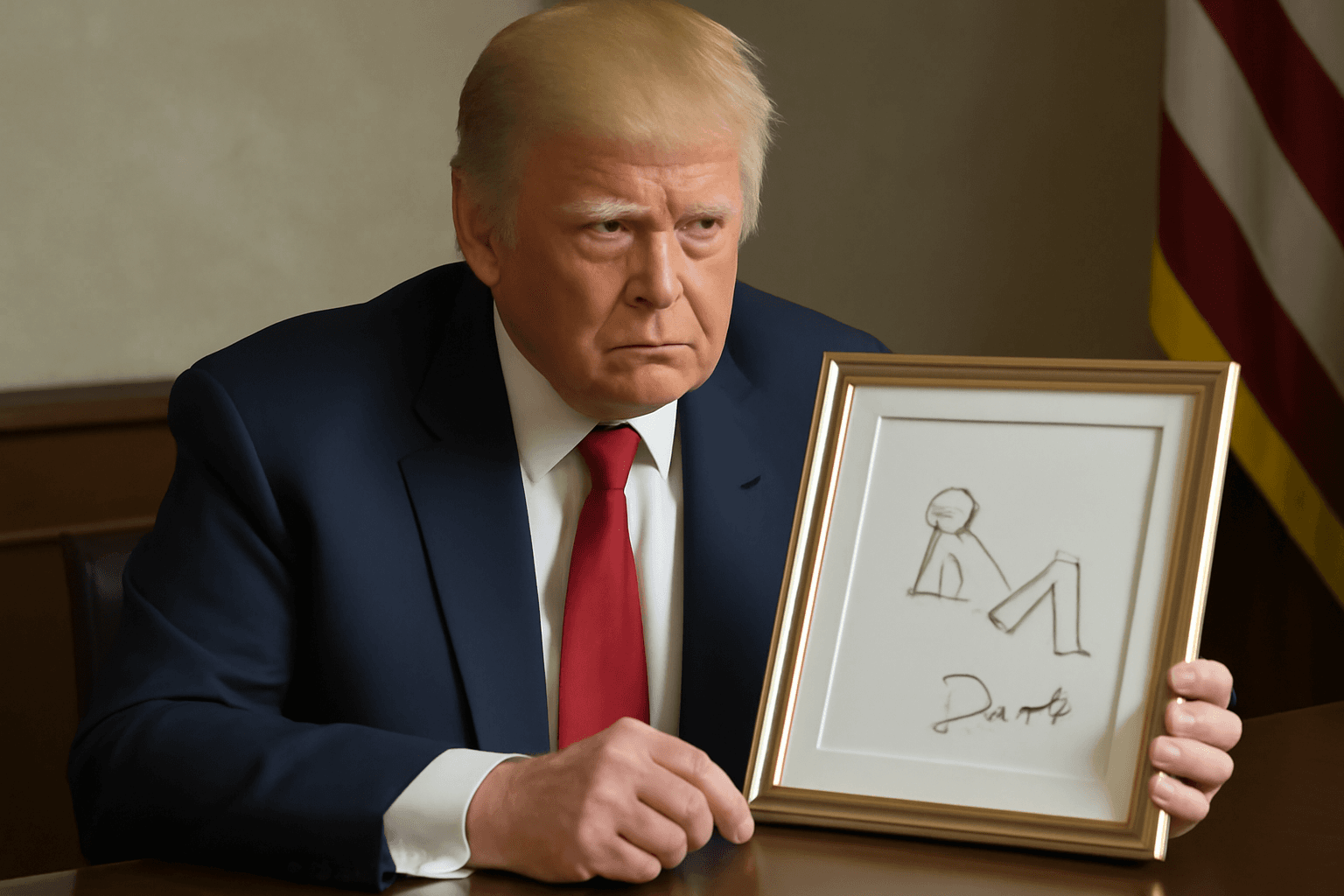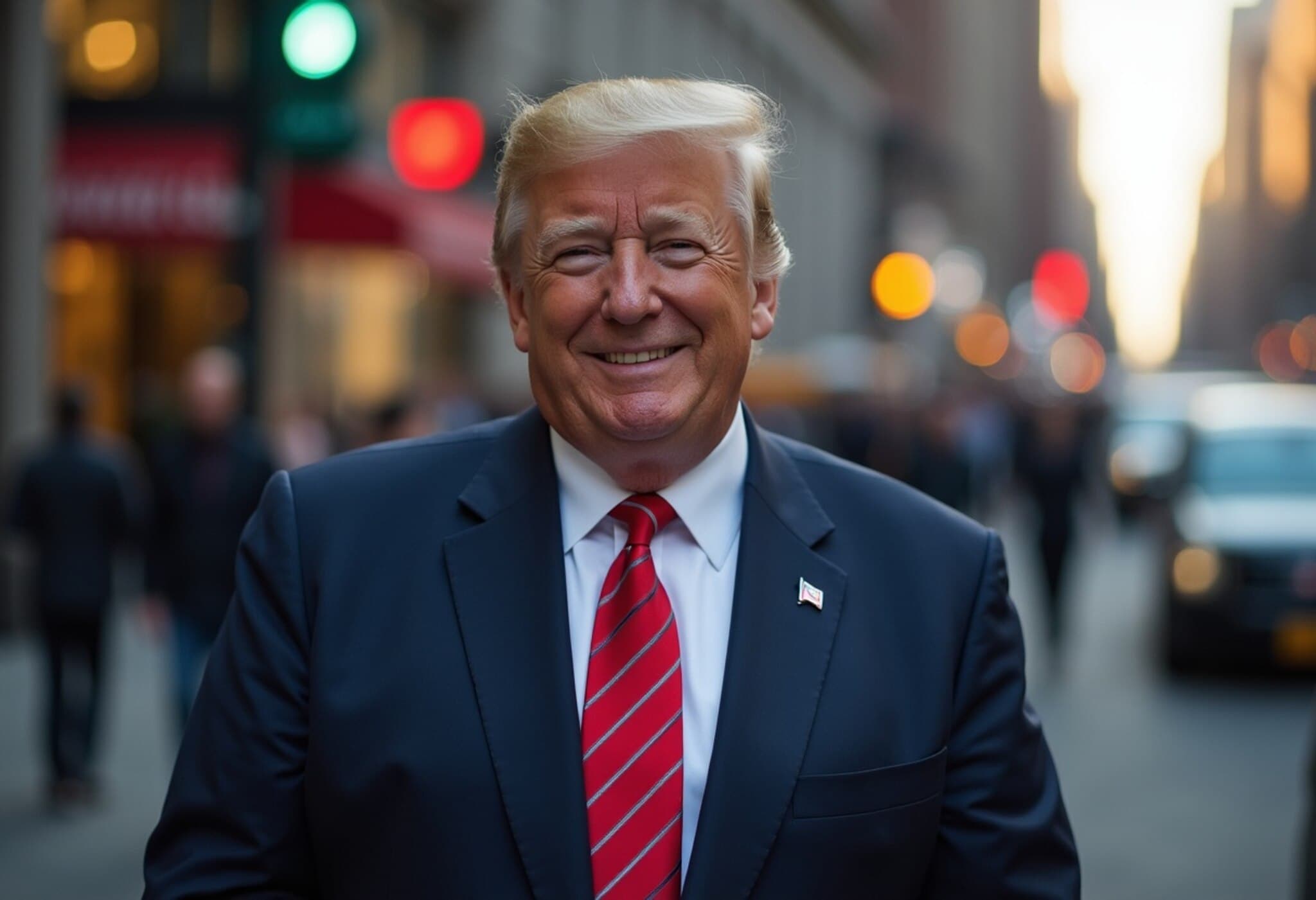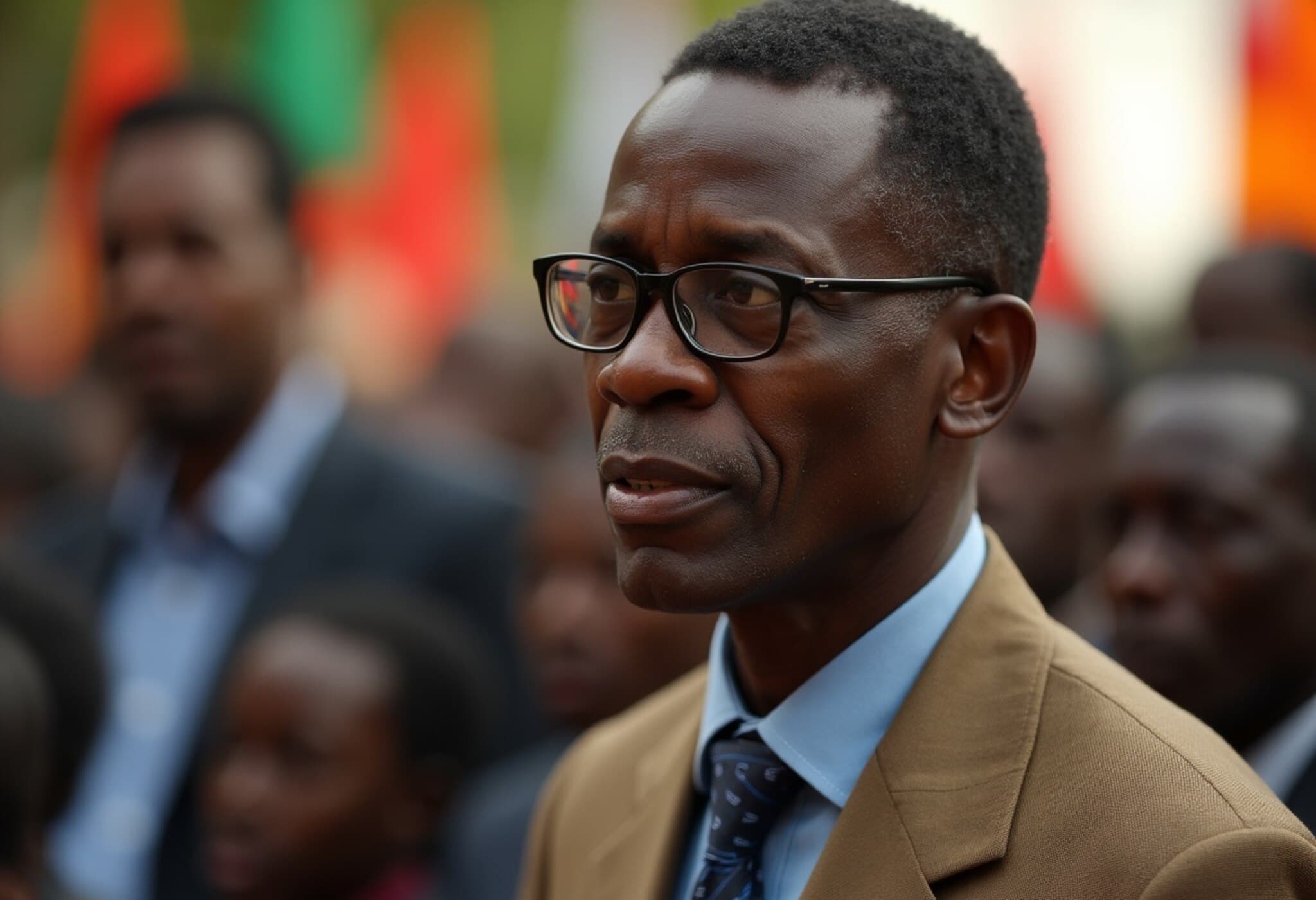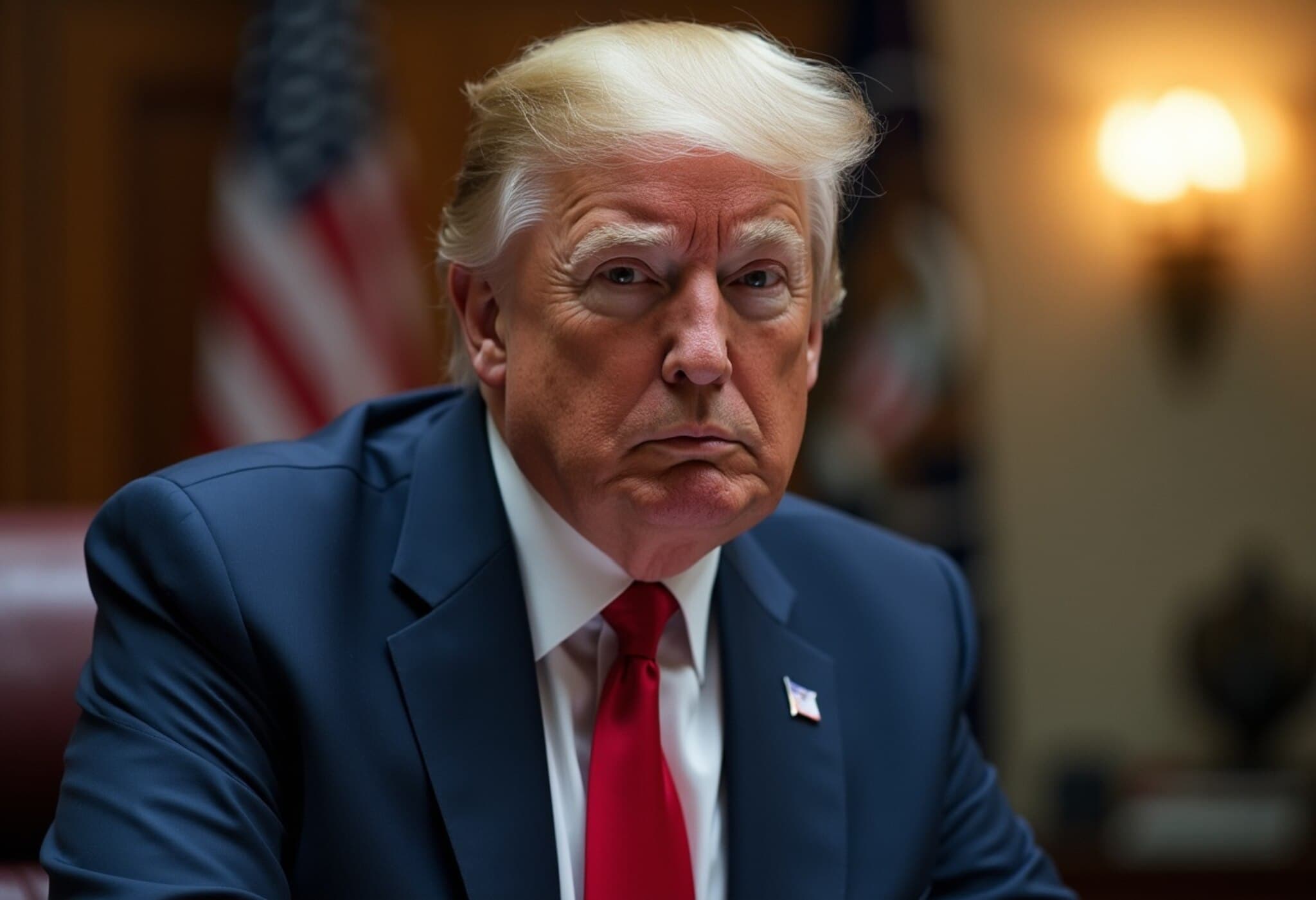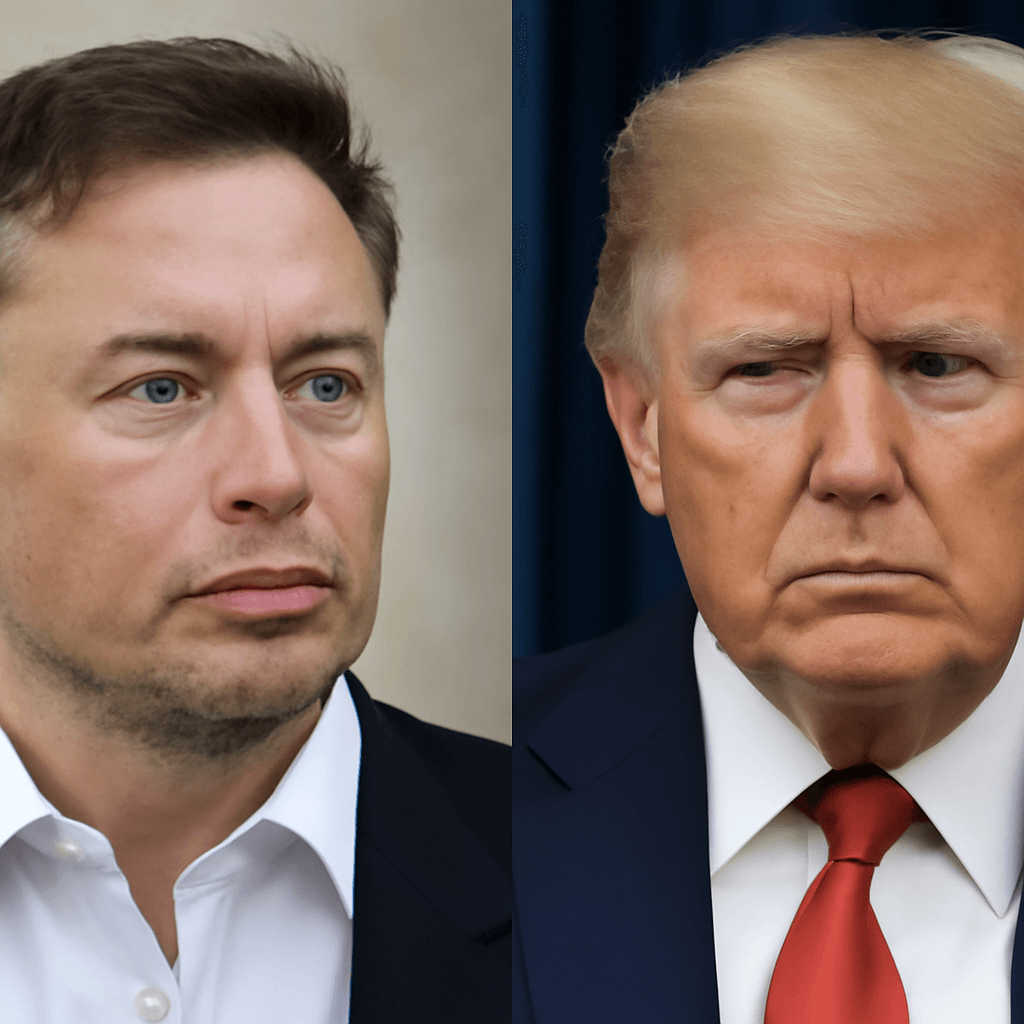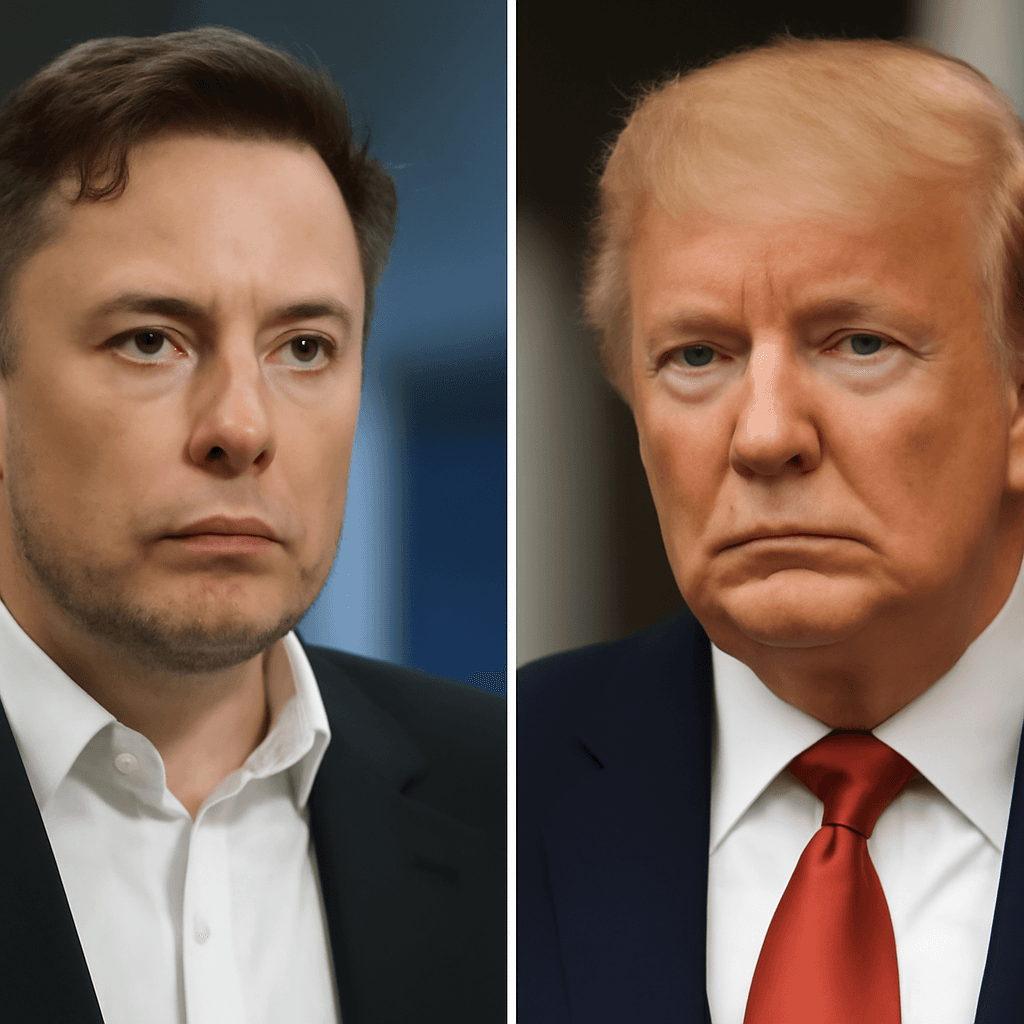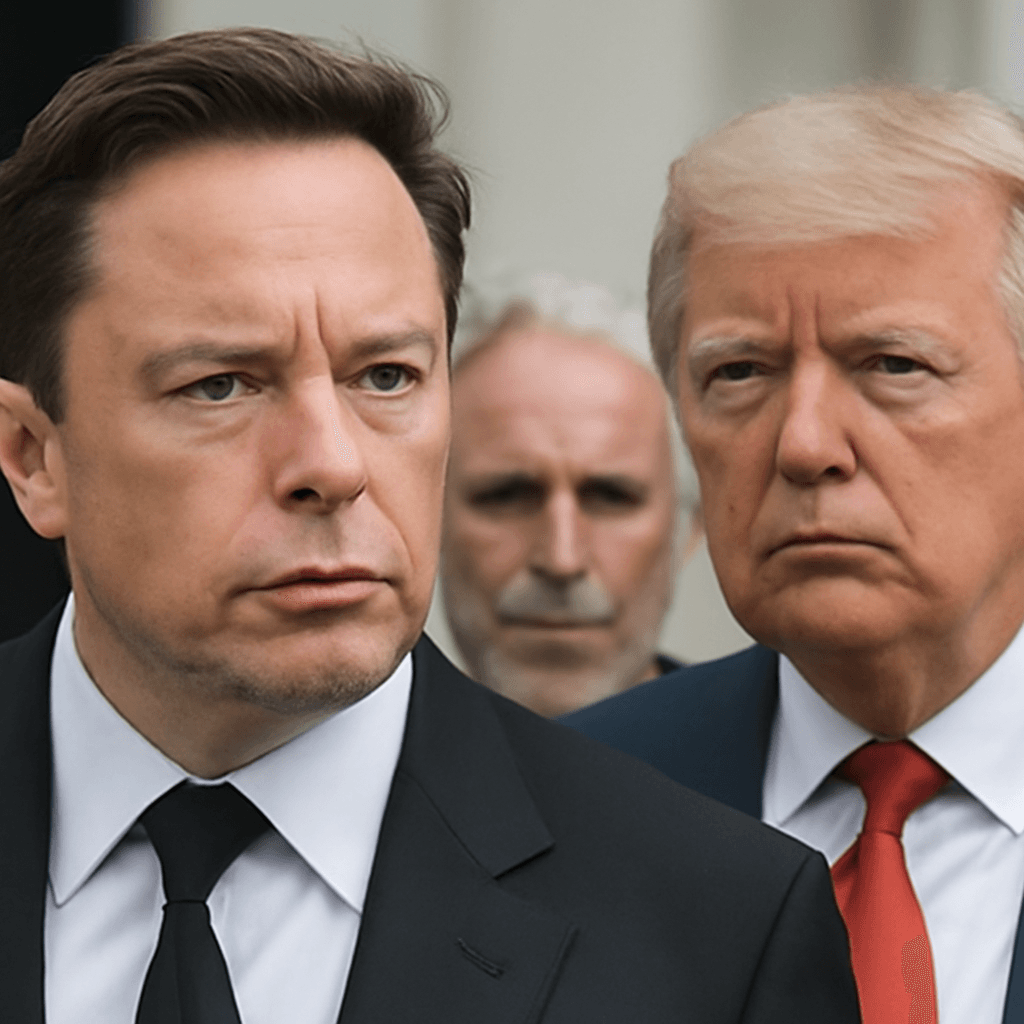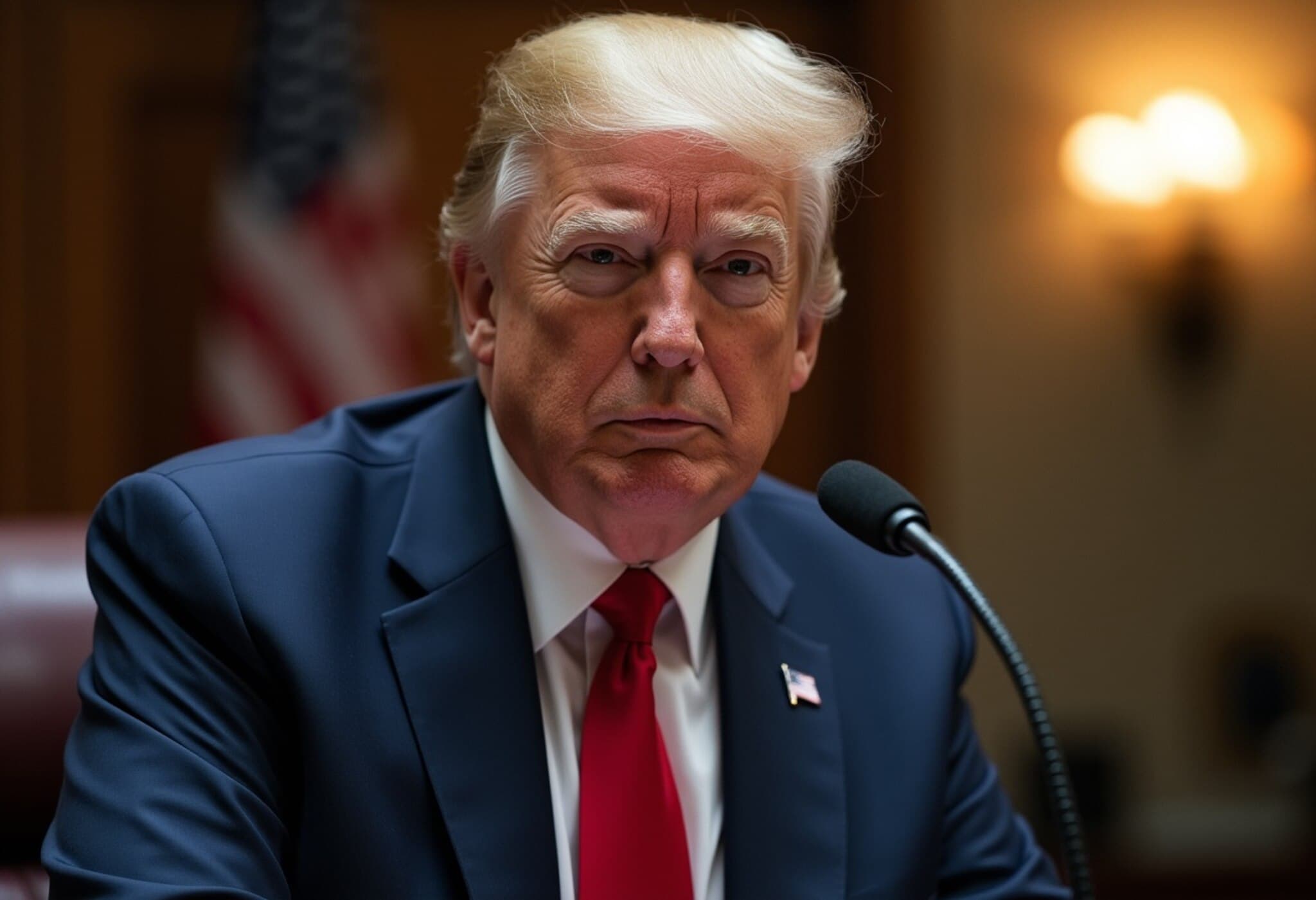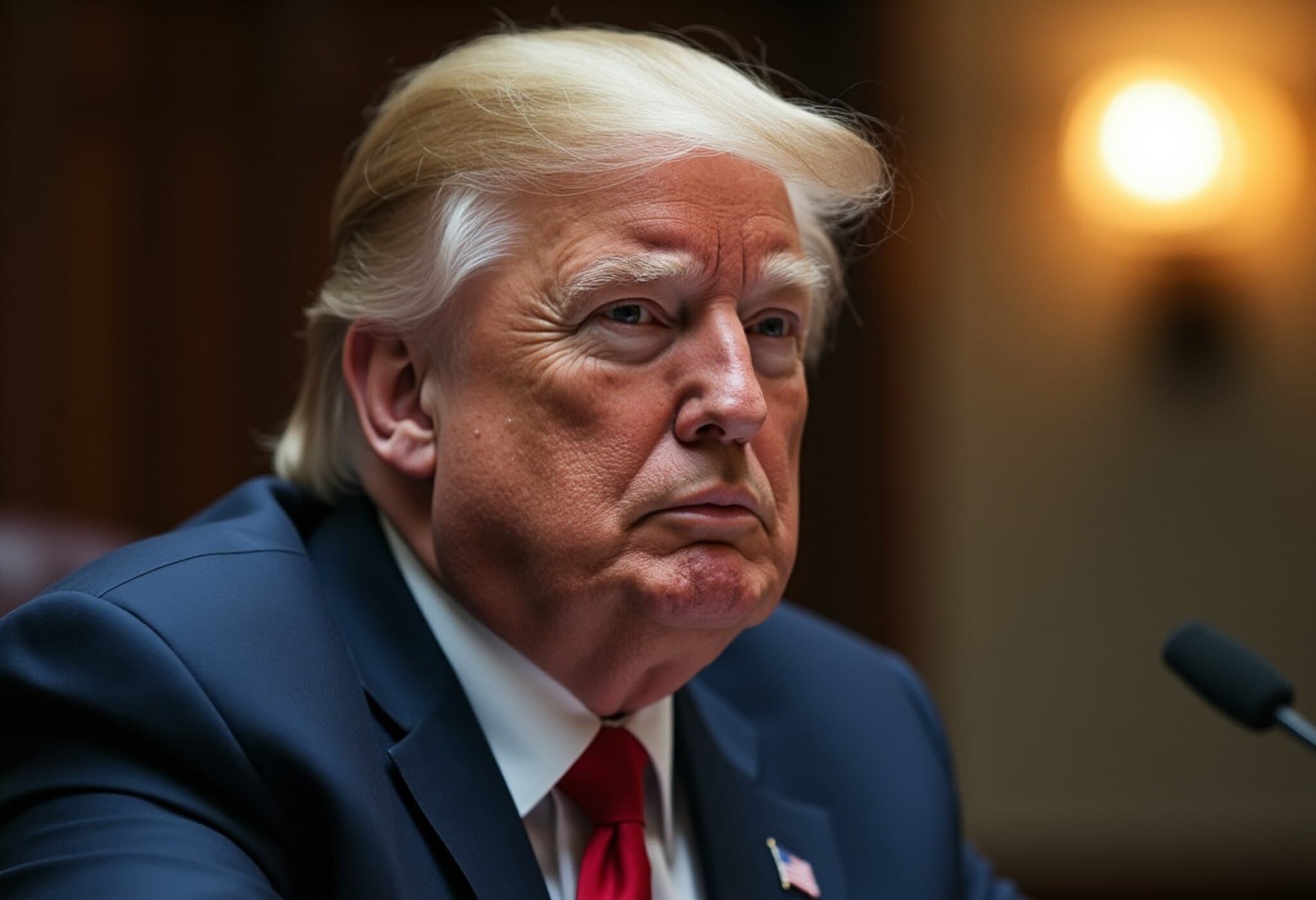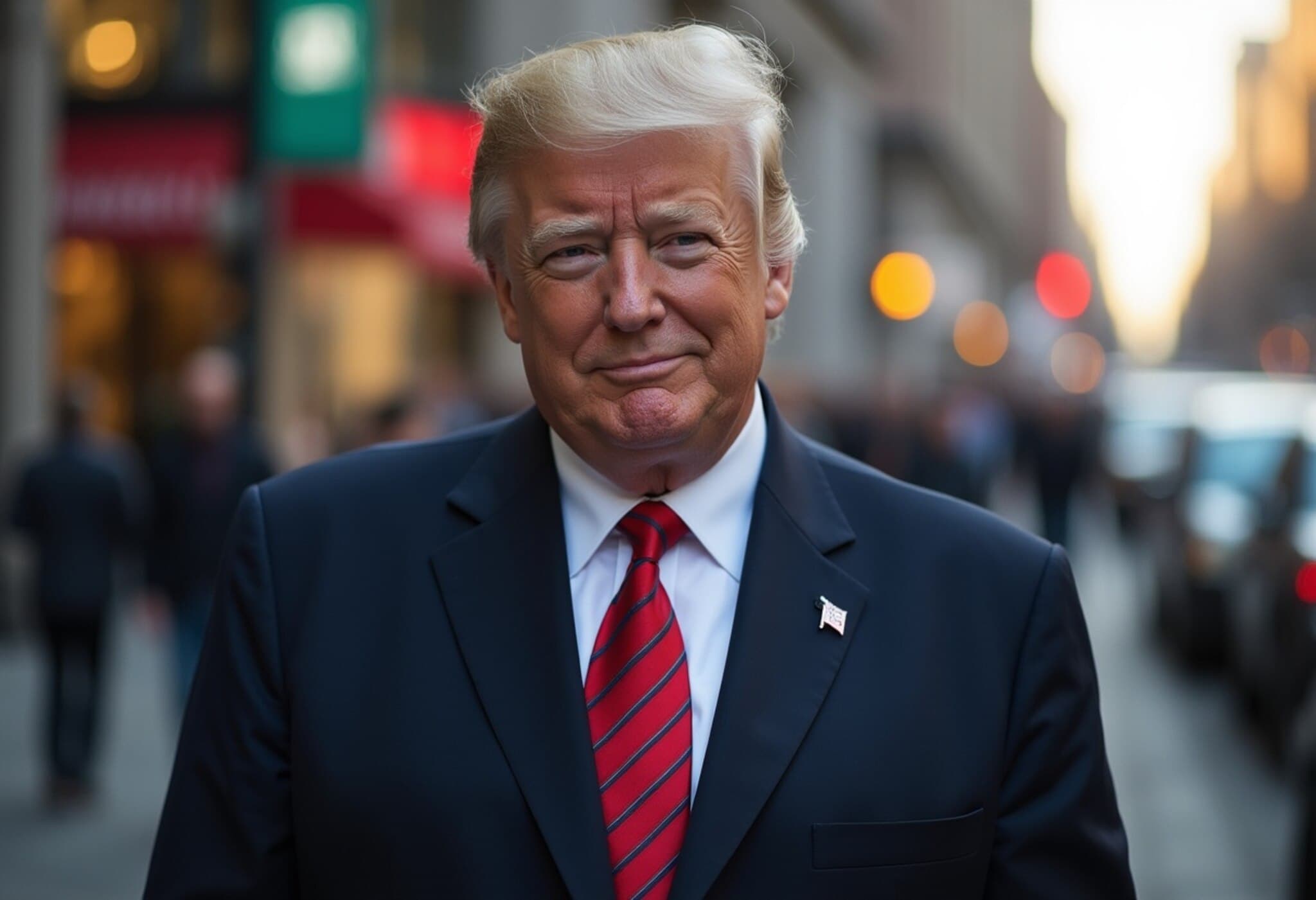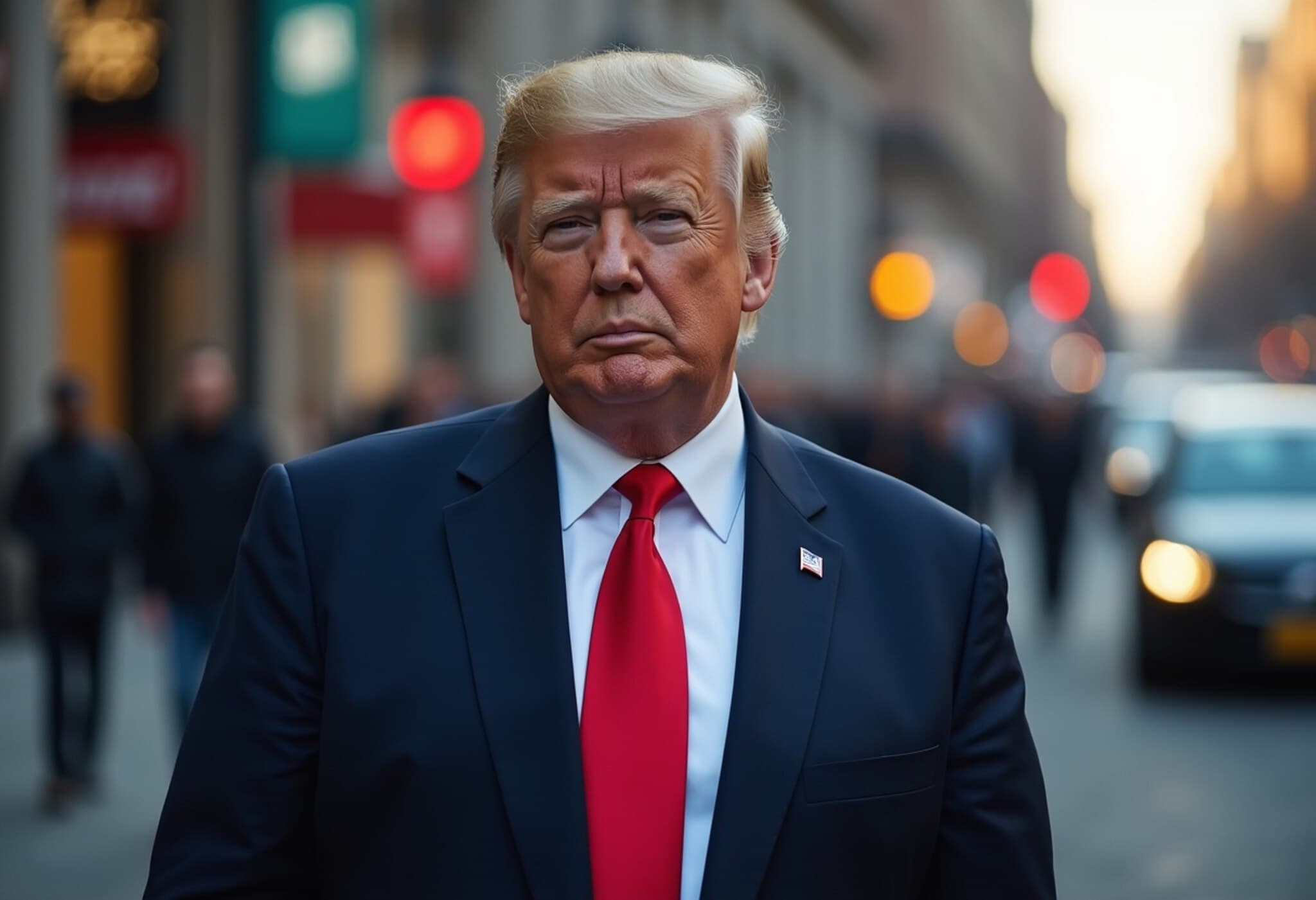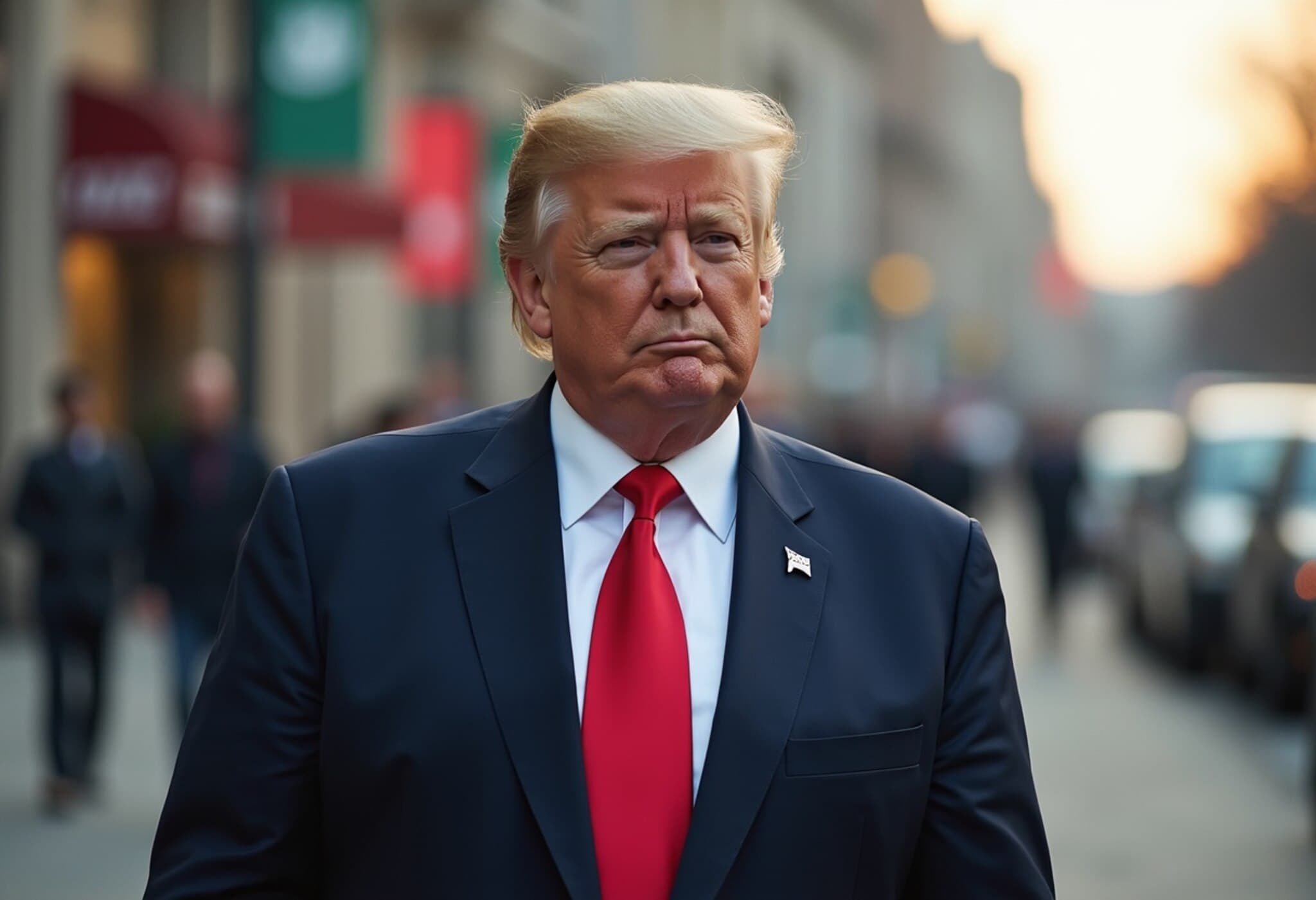Trump Denies Artistic Ability Amid Controversial Sketch Allegations
In a surprising twist that has caught media and public attention alike, former US President Donald Trump has emphatically denied claims that he drew a sexually suggestive sketch linked to Jeffrey Epstein. The denial comes amidst a report from The Wall Street Journal alleging that in 2003, Trump crafted a provocative birthday note featuring a crude drawing for Epstein’s 50th birthday.
Trump’s Public Refutation and Social Media Response
Taking to Truth Social, Trump declared, "I don't draw pictures," dismissing the report as nothing more than a "scam." This denial, however, introduces a striking contradiction given the existence of multiple artworks attributed to him that have surfaced in auctions over the past few decades.
The Auctioned Sketches: A Closer Look
Despite Trump's public claims, records indicate at least five distinct marker drawings, including cityscapes, landmarks, and even a whimsical "money tree," all signed simply as "Donald," have been sold for thousands of dollars from the late 1990s to the mid-2000s. According to The Independent, these pieces were initially donated to charitable causes, helping raise substantial funds for hunger relief in New York City. Trump himself referenced this charitable art practice in his 2008 memoir, Trump Never Give Up, writing:
"It takes me a few minutes to draw something… but it raises thousands of dollars to help the hungry in New York."
Details Behind the Birthday Note Controversy
As reported by The Wall Street Journal, the contentious birthday message was part of a leather-bound book compiled by Ghislaine Maxwell in 2003, featuring a crude sketch of a naked woman, framed by typed lines and signed "Donald." The text allegedly included a suggestive dialogue:
"We have certain things in common, Jeffrey… every day be another wonderful secret."
And continued provocatively, "Enigmas never age, have you noticed that?" To date, no public release of the actual images exists; thus, the narrative relies heavily on the report’s description and court documents amid ongoing legal battles.
White House Pushback and Accusations of 'Fake News'
In response, White House spokesman Steven Cheung dismissed the story as "fake news," defensive of Trump’s reputation and the sketches attributed to him. Cheung further criticized media coverage from both The Wall Street Journal and The New York Times, denouncing the latter's comparison of Trump's previous artworks to the alleged Epstein note as "false and defamatory."
Expert Analysis: Art, Image, and Political Narrative
This episode underscores a broader tension in political communication: the power of imagery intersecting with personal branding and legal scrutiny. Trump's denial contrasts sharply with the documented existence of his artwork leveraged for philanthropy and auctioned at high values—a nuanced facet often overshadowed by his political persona.
Moreover, the described use of a "bawdy" illustration in a private birthday message to Epstein, a figure entangled in legal and ethical controversies, raises complex questions about historical context, accountability, and how private endorsements resurface to shape public perception.
For American audiences, this narrative also reflects the ongoing scrutiny of the former president’s associations and character amidst a polarized media environment where definitions of "fake news" and factual accuracy continue to provoke debate.
What Remains Unanswered?
- Will the alleged drawings ever be publicly released for independent verification?
- How will ongoing legal challenges affect the credibility of the involved news outlets?
- What impact, if any, does this controversy have on Trump's broader political ambitions or legacy?
Conclusion
While Donald Trump firmly rejects the claim that he drew the contentious Epstein sketch, the existence of auctioned artworks attributed to him complicates the narrative. The interplay between private communications, public image, and media interpretations continues to craft a story that is as much about perception as it is about truth.
This unfolding story vividly illustrates the evolving dynamics between political figures, media scrutiny, and public memory. It urges readers to critically evaluate sources, seek transparency, and consider the multifaceted nature of reputation in the digital age. As legal proceedings and journalistic investigations advance, staying informed and discerning remains paramount.

